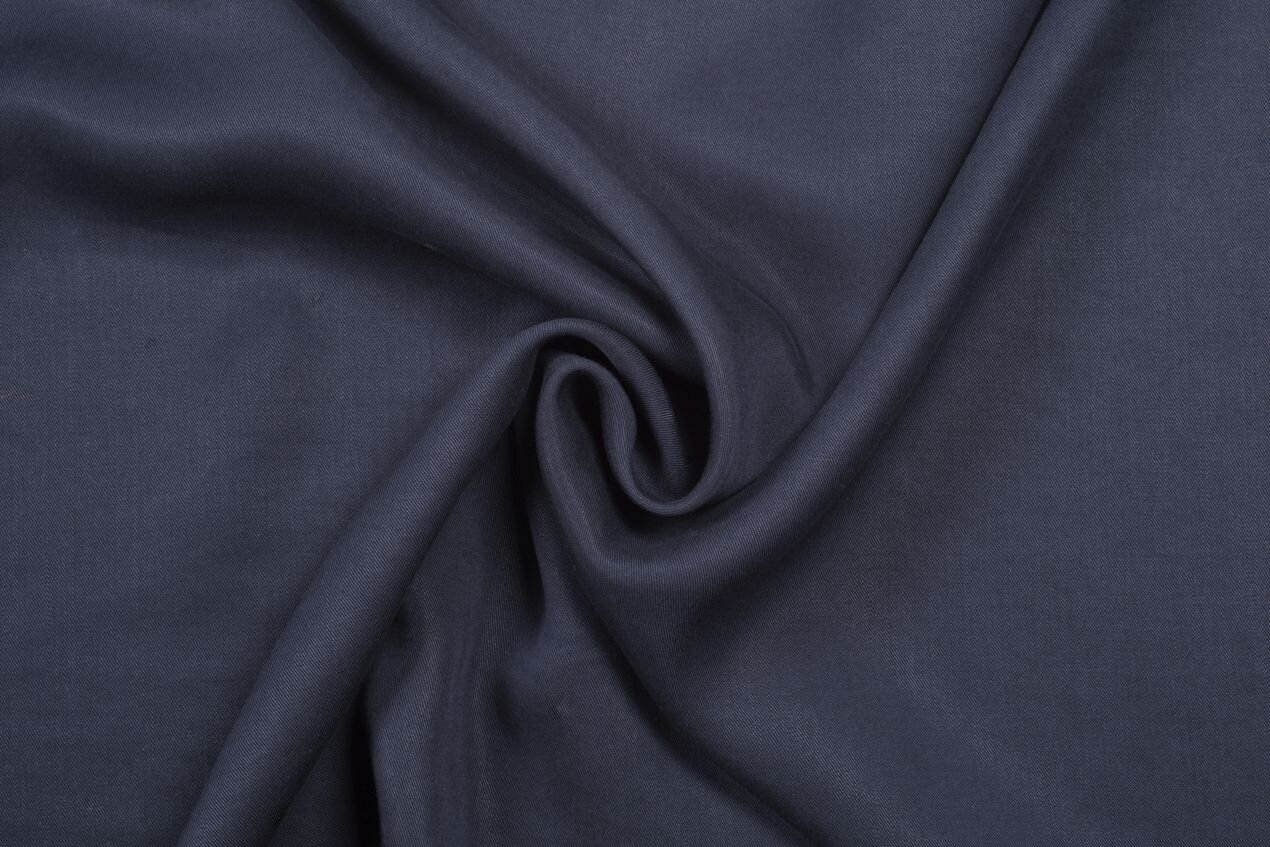Texture is a fundamental aspect of our sensory experience, influencing how we perceive and interact with the world around us. From the softness of a plush blanket to the roughness of a tree bark, textures have the ability to evoke a wide range of emotions and sensations. In this article, we will explore the profound impact of texture on our feelings and delve into how it can enhance our daily lives.
- The Psychology of Texture:
Texture plays a significant role in shaping our emotional responses. Research has shown that certain textures can evoke specific feelings and moods. For example, smooth and silky textures often elicit a sense of comfort, while rough and jagged textures can evoke feelings of unease or excitement. Understanding the psychology behind texture can help us create environments that promote positive emotions and well-being. - Texture in Design and Architecture:
Texture is a vital element in design and architecture, as it adds depth, visual interest, and tactile experiences to spaces. Whether it's the grainy texture of exposed brick walls or the sleekness of polished marble floors, textures can transform a mundane space into a captivating one. By carefully selecting and incorporating textures, designers can create environments that evoke specific emotions and enhance the overall user experience. - Texture in Fashion and Textiles:
In the realm of fashion and textiles, texture plays a crucial role in the aesthetics and functionality of garments and fabrics. The choice of texture can convey different styles, from the luxurious feel of velvet to the casual appeal of denim. Moreover, textures can also affect how clothing feels against our skin, influencing our comfort levels and overall satisfaction with our outfits. - Texture in Food and Culinary Experiences:
Texture is not limited to the visual and tactile domains; it also greatly impacts our gustatory experiences. The crunchiness of a potato chip, the creaminess of a chocolate mousse, or the juiciness of a ripe peach - these textures contribute to our enjoyment of food. Chefs and food scientists understand the importance of texture in creating memorable dining experiences, as it adds complexity and variety to the sensory journey. - Texture in Art and Creativity:
Artists have long recognized the power of texture in their creations. From the rough brushstrokes of an oil painting to the intricate patterns in a tapestry, textures add dimension and evoke emotions in visual art. Sculptors, too, utilize texture to create tactile experiences, inviting viewers to engage with their work on a deeper level. Exploring different textures in art can awaken our senses and evoke a range of emotional responses.
Conclusion:
Texture is a multifaceted element that influences our emotions, experiences, and perceptions. Whether in design, fashion, food, or art, textures have the ability to captivate our senses and enhance our overall well-being. By understanding the psychology behind texture and harnessing its power, we can create environments and experiences that evoke the desired emotions and leave a lasting impact on our lives.

